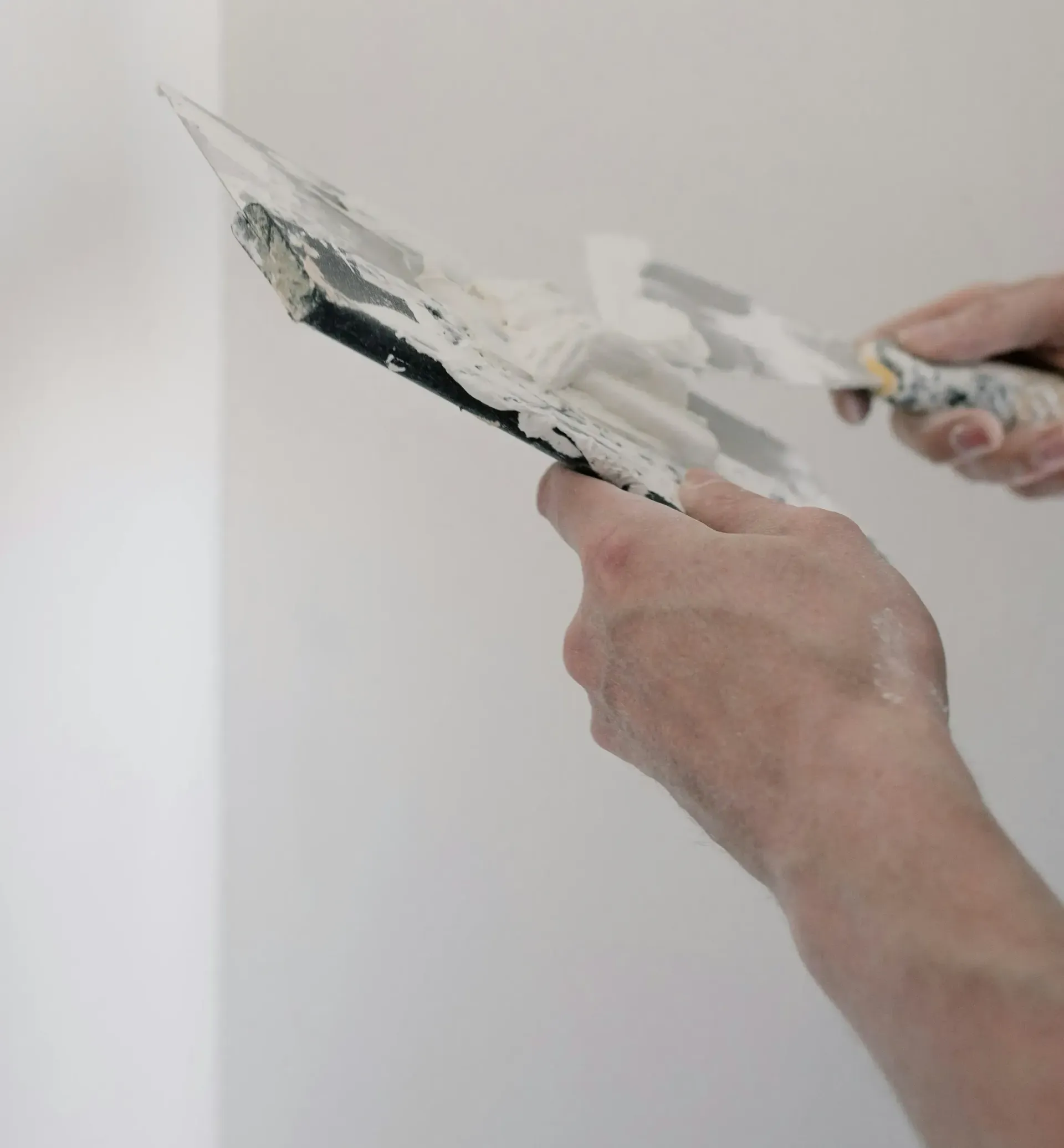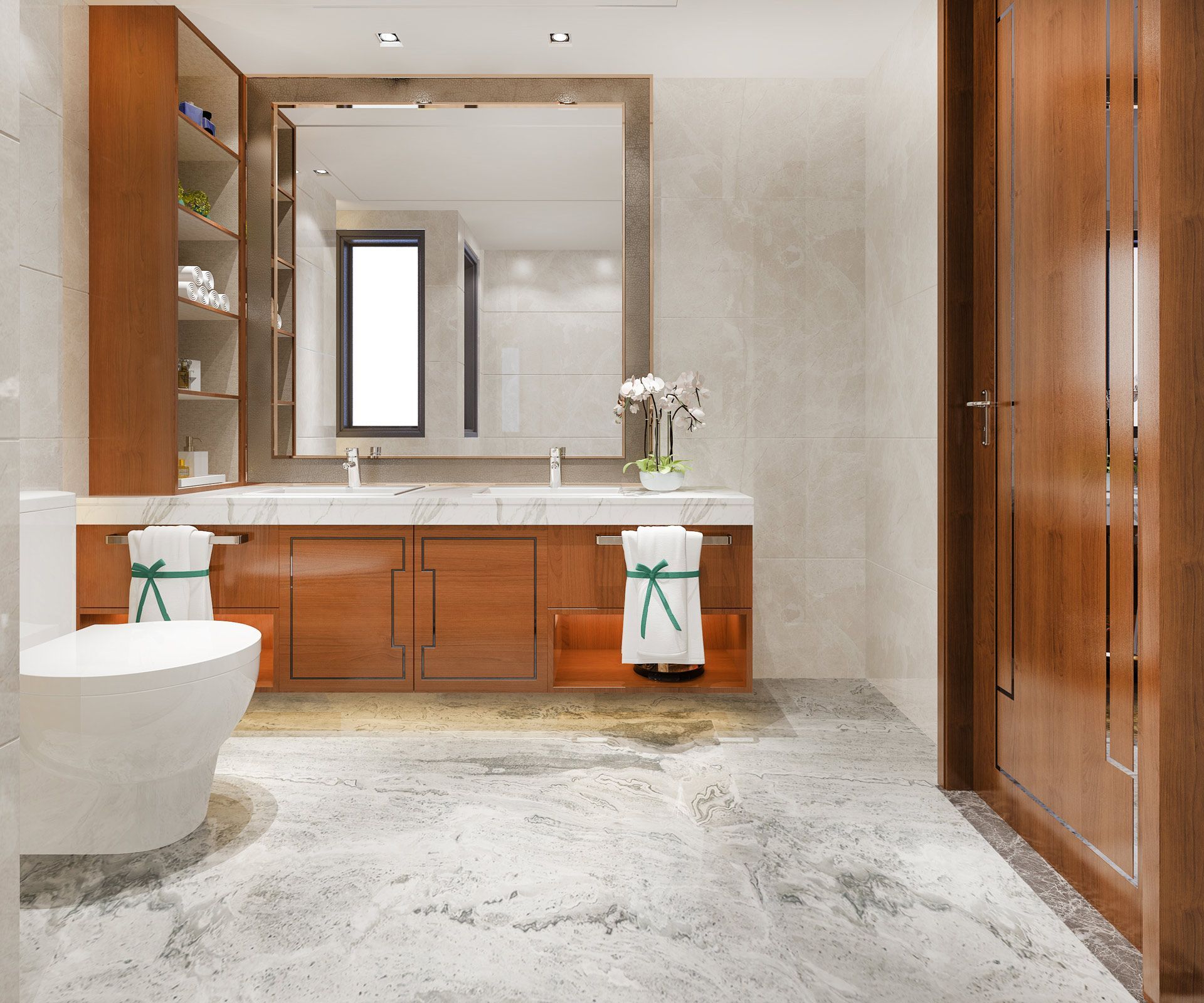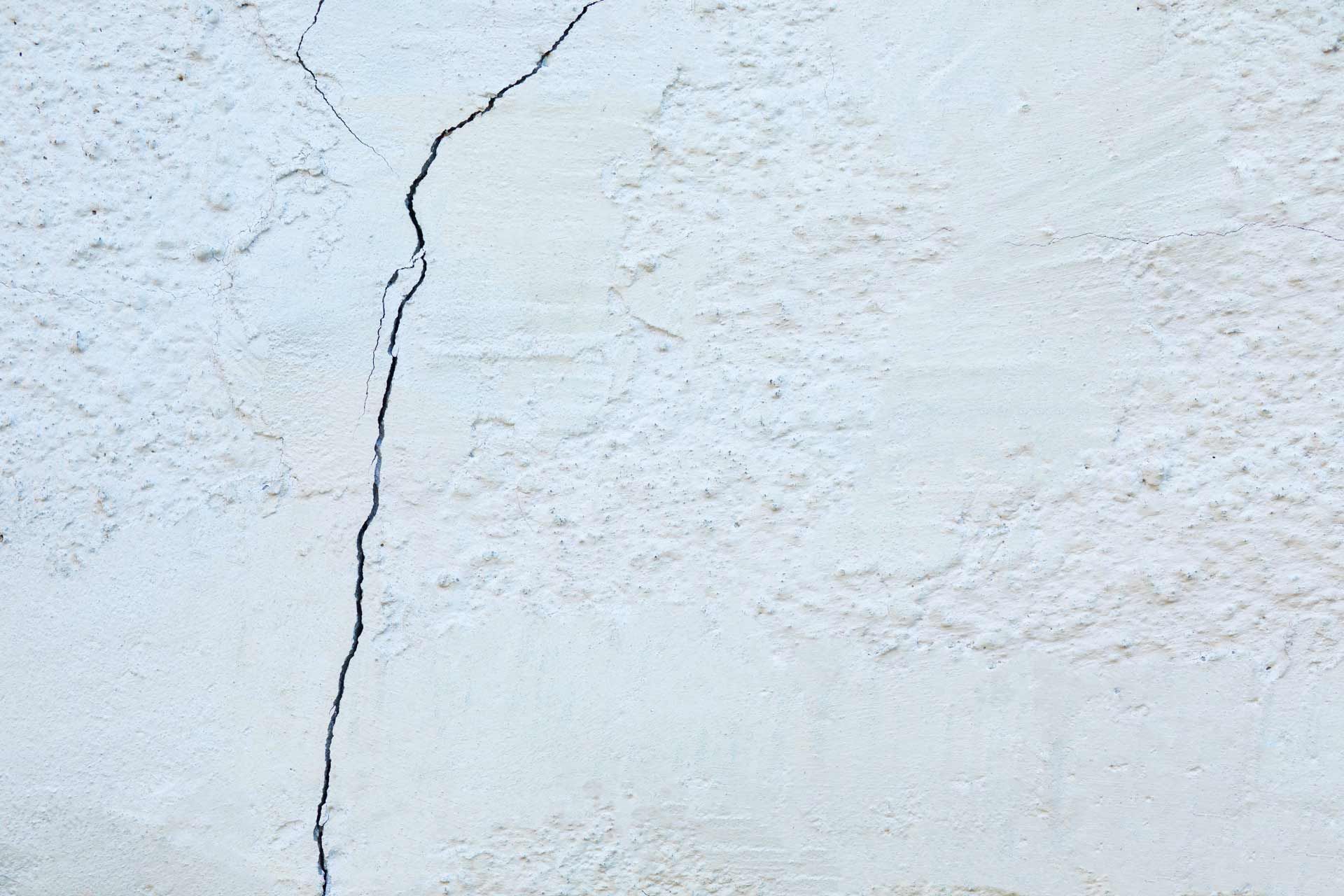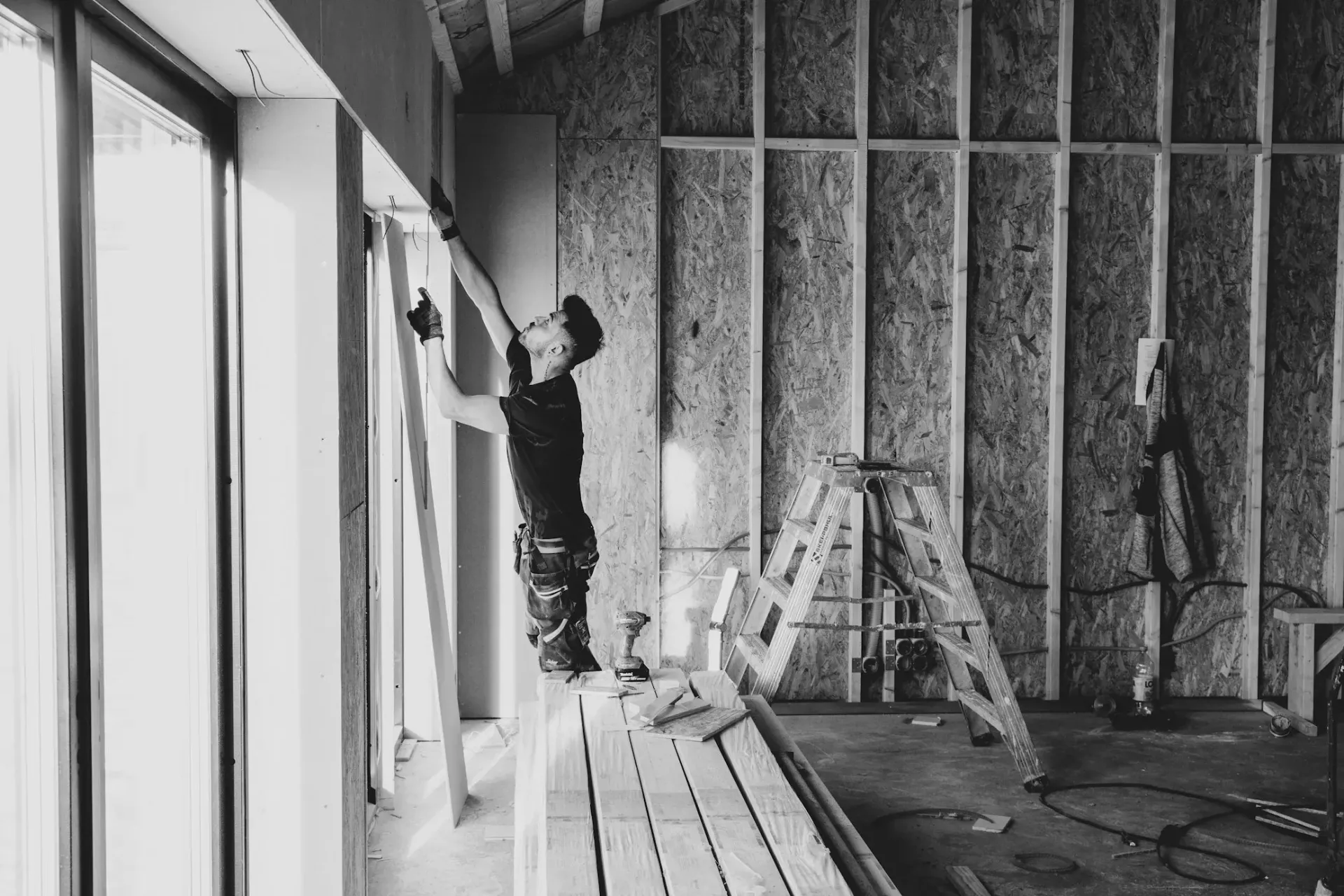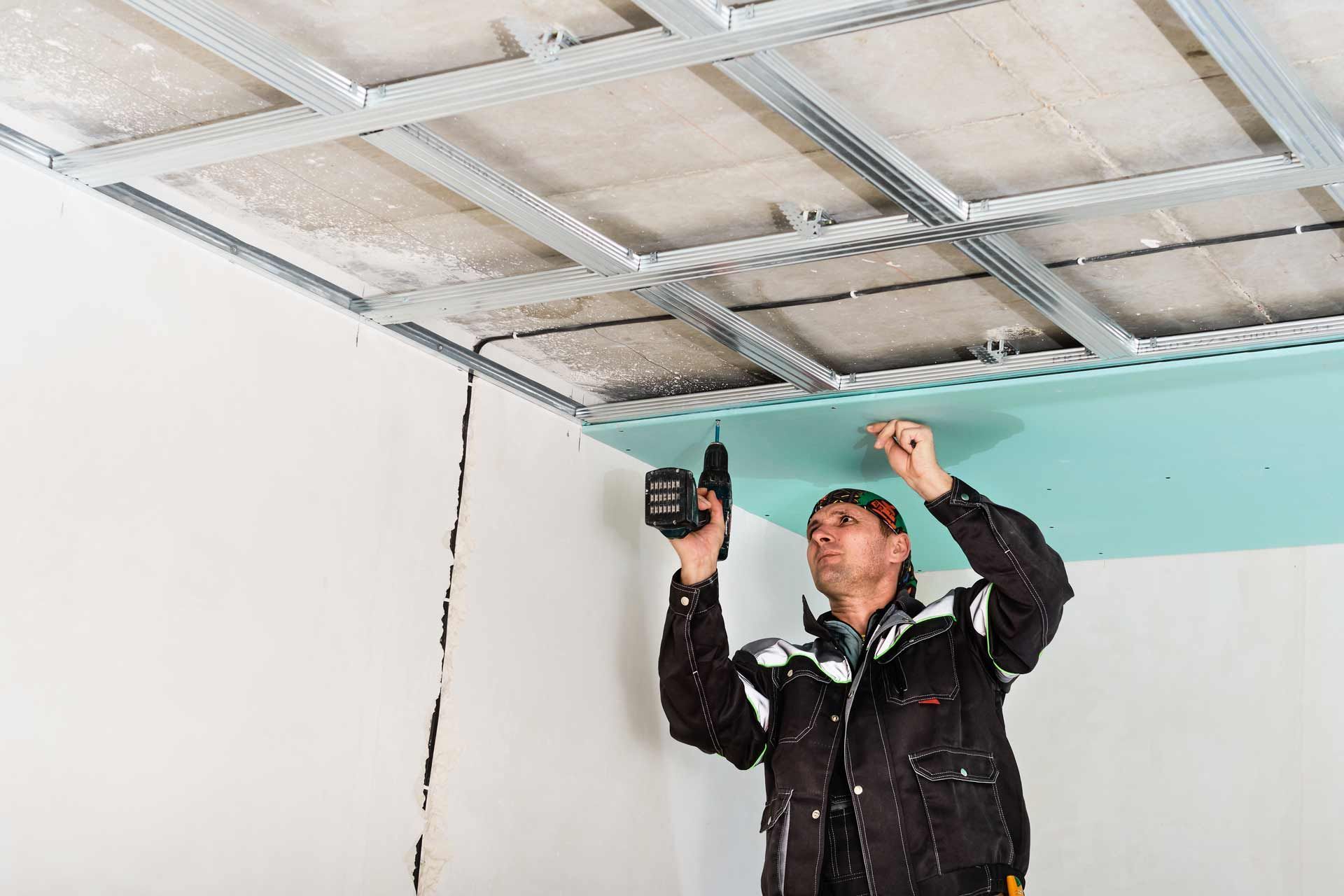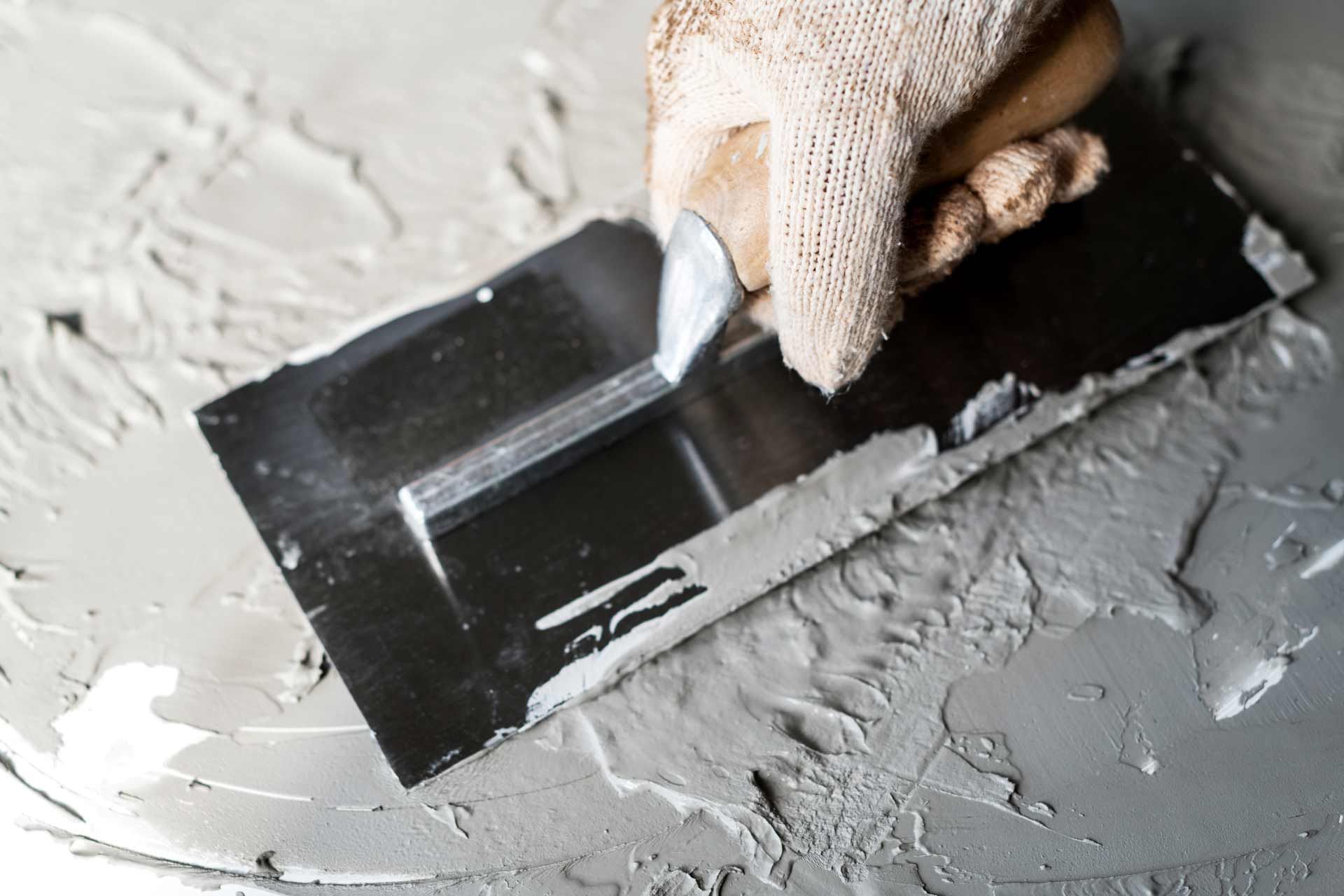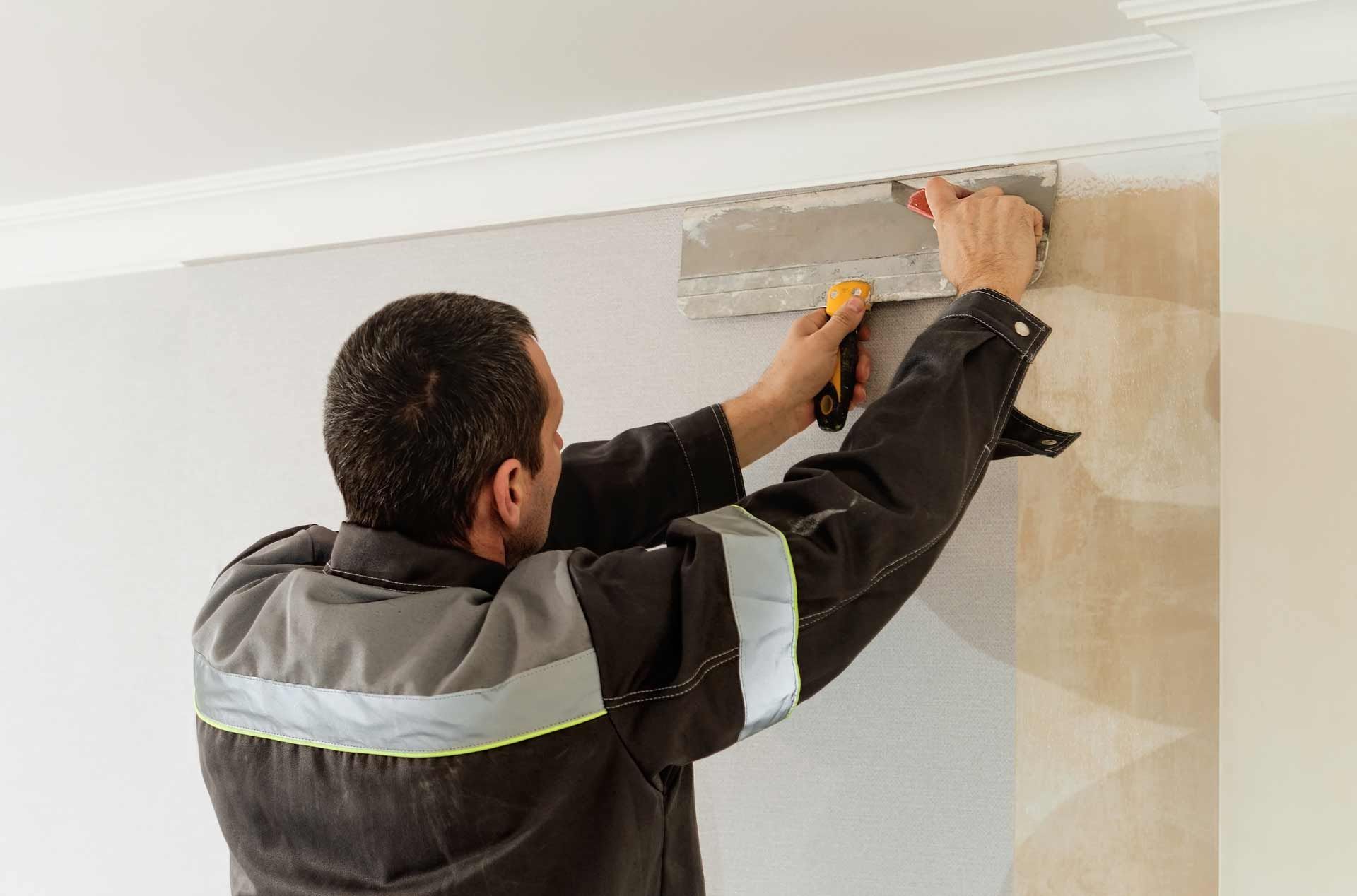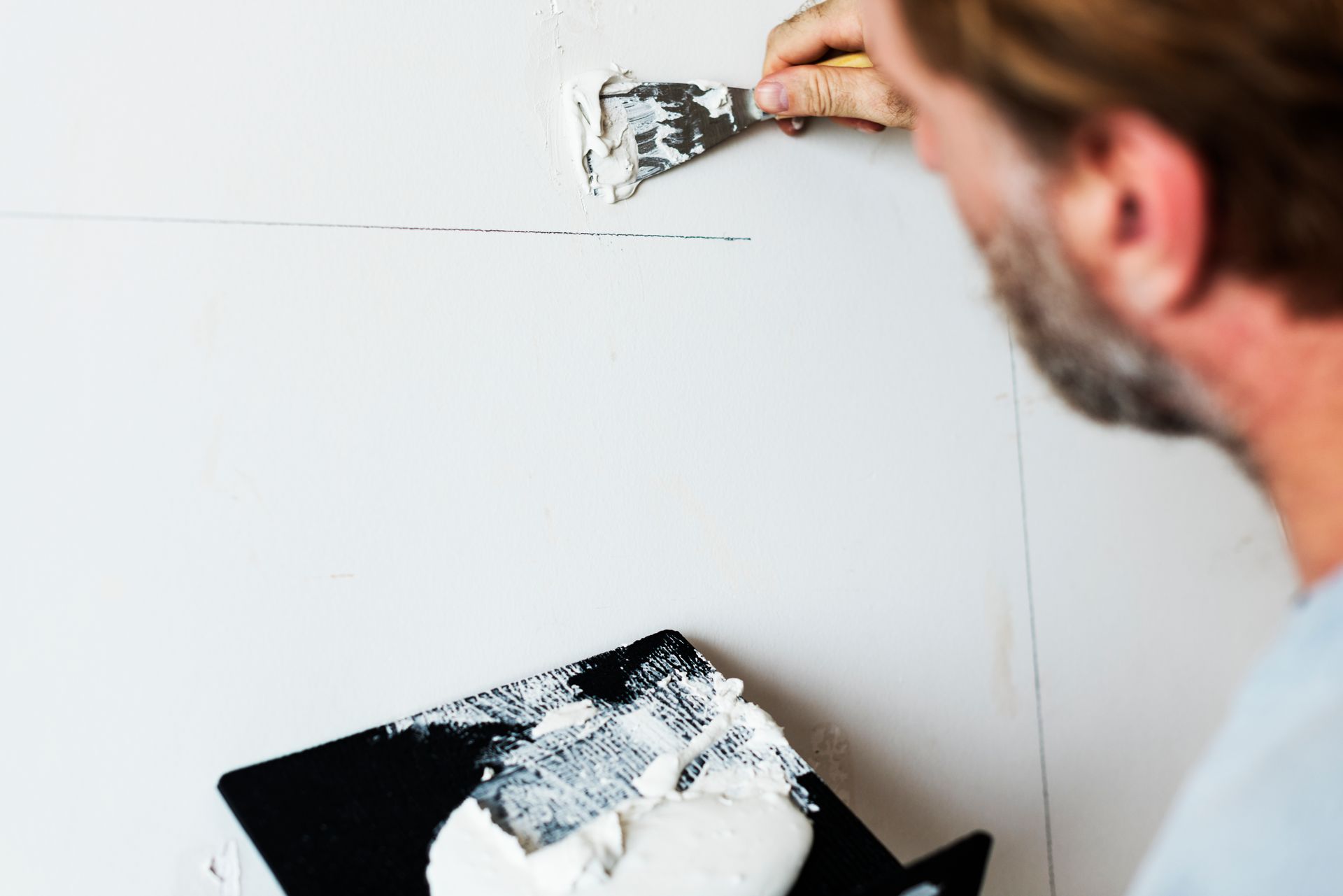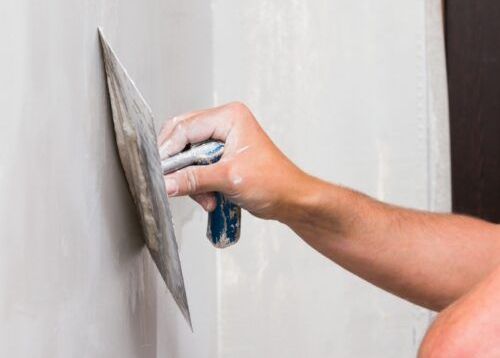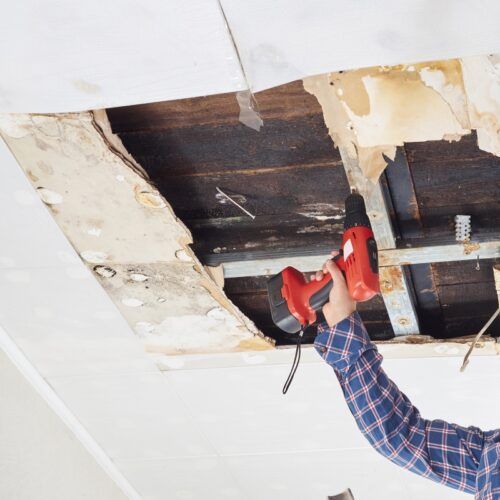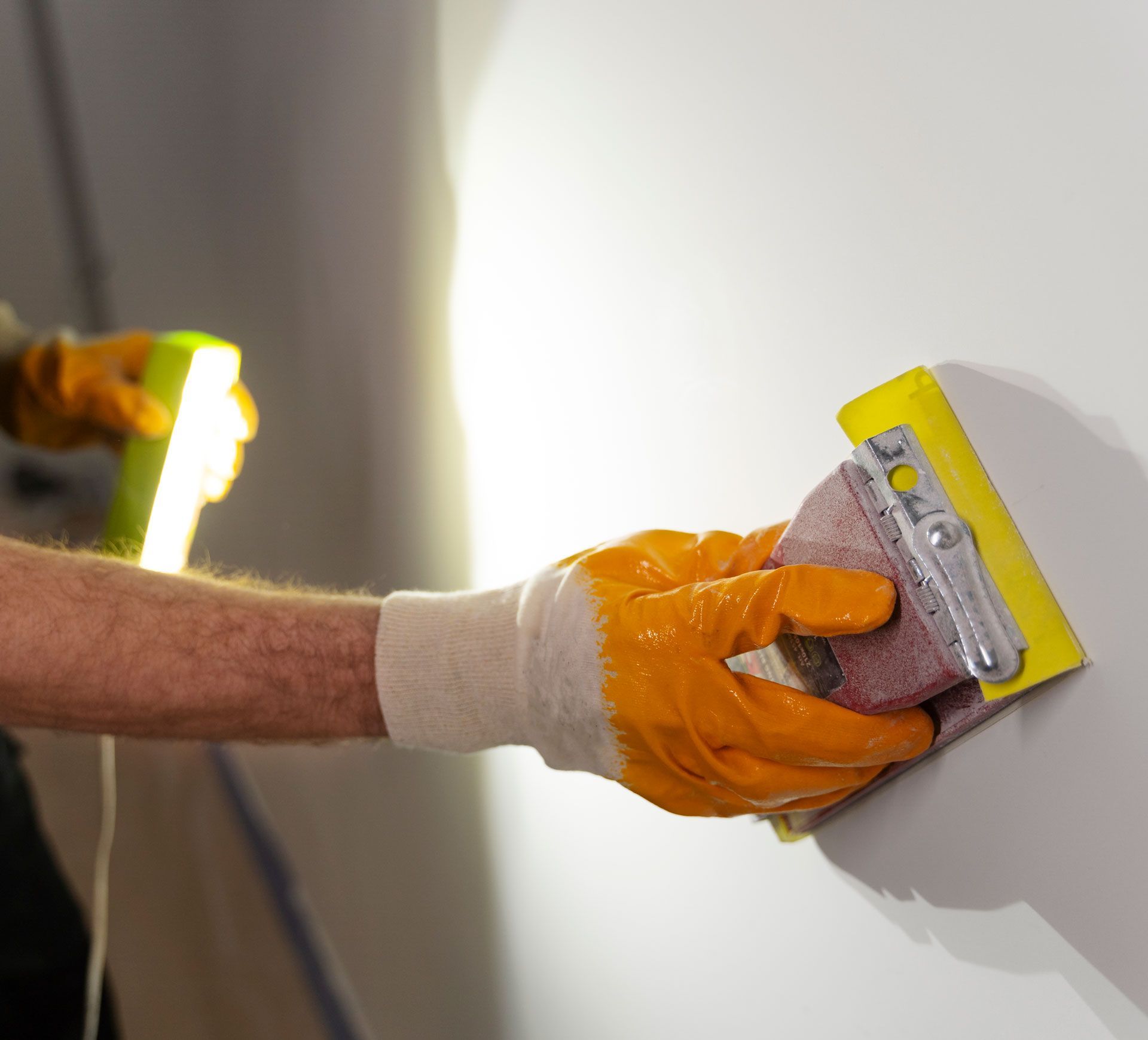
Why Drywall Needs Sealing: The Benefits of Priming Before Painting
When you're eager to see a new wall color in your home, it's tempting to skip straight to painting. The blank canvas of fresh drywall seems ready for color, and primer feels like an extra step that just delays the satisfaction of seeing your vision come to life.
Drywall absolutely needs sealing with primer before painting because its porous surface absorbs paint unevenly, leading to patchy appearance, wasted paint, and poor durability. Primer creates a sealed, uniform surface that allows paint to adhere properly and look its best for years to come.
Taking the time to prime your drywall isn't just about doing things "by the book" – it delivers real benefits that save you time, money, and frustration in both the short and long term. Let's explore why this step matters so much for your walls.
Understanding Drywall and Its Porosity
The Composition of Drywall
Drywall (also called sheetrock or gypsum board) is made of a layer of gypsum plaster pressed between two thick sheets of paper. This construction makes it lightweight and easy to install, but it also creates a very thirsty surface that readily absorbs liquids.
The paper facing, joint compound used at seams, and patched areas all have different textures and absorption rates. Without primer, these differences become very obvious after painting, creating what professionals call "flashing" – areas that look shinier or duller than others.
How Drywall Absorbs Paint
When you apply paint directly to unsealed drywall, the dry gypsum core pulls moisture and binders from the paint. This causes several problems:
- The first coat mostly soaks in rather than covering
- Different areas absorb at different rates, creating uneven sheen
- Joint compound areas look different from the rest of the wall
- You end up using much more paint to get proper coverage
The process is similar to dropping water on a dry sponge – it gets absorbed immediately. Primer acts like pre-wetting that sponge, so the paint can sit on the surface rather than being drawn in.
The Essential Role of Primer on New Drywall
What Happens When You Skip Priming
When homeowners skip the priming step, they often face disappointing results:
- Patchy, uneven color where some areas look darker than others
- Visible lines where drywall panels meet
- Dull areas that seem to have lost their color intensity
- Needing 3-4 coats of paint instead of 1-2
- Poor adhesion leading to earlier peeling or flaking
Even expensive, premium paints with built-in primer benefits still perform better over properly primed surfaces, especially on new drywall.
How Primer Seals and Prepares Surfaces
A good drywall primer does several important jobs:
- Seals the porous surface so paint stays where you put it
- Creates a uniform base so different materials (drywall paper, joint compound) look the same when painted
- Provides better adhesion for your paint
- Prevents moisture issues by creating a protective barrier
Think of primer as the foundation for your paint job. Just like a house needs a solid foundation before building walls, your paint needs a good primer base to look its best and last longest.
Key Benefits of Priming Drywall Before Painting
Even Paint Appearance and Coverage
One of the most immediate benefits of priming is uniform appearance. Primer creates a consistent surface that allows paint to dry evenly across the entire wall.
Without primer, you might notice:
- Shiny spots next to dull areas
- Joint compound seams showing through
- Patched areas that look different from the rest of the wall
Primer eliminates these issues by creating a uniform canvas for your paint. This is especially important with semi-gloss or glossy paints, which highlight any inconsistencies.
Reduced Paint Consumption
Priming actually saves you money on paint in the long run. Since paint doesn't need to work as a sealer and a color coat, you'll use less of it.
Unprimed drywall might require 3-4 coats of paint to achieve even coverage, while properly primed walls often need just 1-2 coats. Since quality paint costs more than primer, you'll spend less overall by using primer first.
Better Adhesion and Durability
Paint applied over primer bonds more strongly to the wall surface. This improved adhesion means your paint job will last longer without peeling, flaking, or chipping.
In high-traffic areas or rooms with changing humidity (like bathrooms and kitchens), this durability difference becomes even more important. Properly primed and painted walls can withstand regular cleaning without damage.
Mold and Moisture Protection
Some primers contain additives that help resist mold and mildew growth. This creates an additional barrier against moisture problems, especially important in bathrooms, kitchens, and basements.
By sealing the drywall surface, primer also helps prevent moisture from penetrating the gypsum core, which can lead to mold inside walls over time.
Choosing the Right Primer for Your Drywall Project
Water-Based vs. Oil-Based Primers
Most drywall projects today use water-based (latex) primers because they:
- Dry quickly (usually 1-2 hours)
- Have low odor
- Clean up easily with water
- Have lower VOC emissions
- Work well with modern water-based paints
Oil-based primers have some advantages for specific situations, such as severe water damage or heavy staining, but for most new drywall applications, water-based primers are the best choice.
PVA Primers for New Drywall
Polyvinyl acetate (PVA) primers are specifically designed for new drywall. They're formulated to:
- Seal porous surfaces effectively
- Dry quickly
- Provide a good base for water-based paints
- Level out surface differences between drywall paper and joint compound
For fresh, never-painted drywall, PVA primer is often the most cost-effective choice with excellent results.
Stain-Blocking Primers for Problem Areas
If your drywall has water stains, smoke damage, or other discoloration, you'll need a stain-blocking primer. These come in both water-based and oil-based formulations.
Stain-blocking primers prevent bleed-through of discolorations that might otherwise show through multiple coats of paint. They're essential for:
- Water stains
- Smoke damage
- Crayon or marker marks
- Tannin bleed-through from wood
- Rust spots
Professional Priming and Painting Tips
Proper Drywall Preparation Steps
Before applying primer, professionals always:
- Make sure drywall is completely dry
- Sand joint compound smooth
- Wipe down surfaces to remove dust
- Repair any damage or imperfections
- Mask off areas not being primed/painted
Taking these preparation steps ensures the primer adheres properly and creates the best possible surface for painting.
Application Techniques for Best Results
For the best priming results:
- Use a quality roller with the right nap length (3/8" for smooth walls)
- Apply primer in a "W" pattern for even coverage
- Work in sections about 3-4 feet square
- Maintain a "wet edge" by not letting areas dry before connecting to the next section
- Allow primer to dry completely before painting (usually 24 hours for best results)
Even, complete coverage is more important than thickness when applying primer. A thin, uniform coat is better than thick, uneven application.
Common Priming Mistakes to Avoid
Watch out for these frequent errors:
- Using paint-and-primer-in-one products on bare drywall (not usually sufficient)
- Applying primer too thinly over very porous surfaces
- Not allowing primer to dry completely before painting
- Using the wrong primer for your specific situation
- Skipping primer on patched areas, even on previously painted walls
Each of these mistakes can lead to disappointing results and more work later on.
When to Call Professionals for Drywall Projects
Complex Installation and Repairs
While some homeowners can handle basic drywall tasks, complex situations often benefit from professional expertise:
- Large ceiling repairs
- Water-damaged drywall
- Extensive patching
- Creating perfectly smooth surfaces
- Textured finishes
Professionals have the specialized tools and experience to handle these situations efficiently.
Large-Scale Painting Projects
For whole-house painting or projects with:
- High ceilings
- Stairs and difficult access points
- Tight deadlines
- Complex color changes
- Custom finishes
Professional painters can deliver superior results in less time. They understand the proper primers for each situation and how to apply them for maximum benefit.
Give Your Walls the Foundation They Deserve
Taking the time to properly prime your drywall isn't just about following good painting practice – it delivers real benefits you'll appreciate every time you look at your walls. From saving money on paint to ensuring a beautiful, long-lasting finish, primer is truly the unsung hero of any quality paint job.
Don't cut corners on this essential step. Whether you're painting new construction, freshly repaired walls, or preparing for a major color change, the right primer makes all the difference.
When your drywall project requires expert attention, trust Patch Boys of South Central PA. Our skilled team specializes in drywall services, skim coating, ceiling repair, patching, and installation throughout Harrisburg, Hershey, Gettysburg, Lancaster, York, Reading, and Chambersburg.
Contact Patch Boys of South Central PA today to ensure your walls get the professional preparation they need before painting. Our expertise will help you achieve flawless results that stand the test of time. Your walls deserve nothing less!

